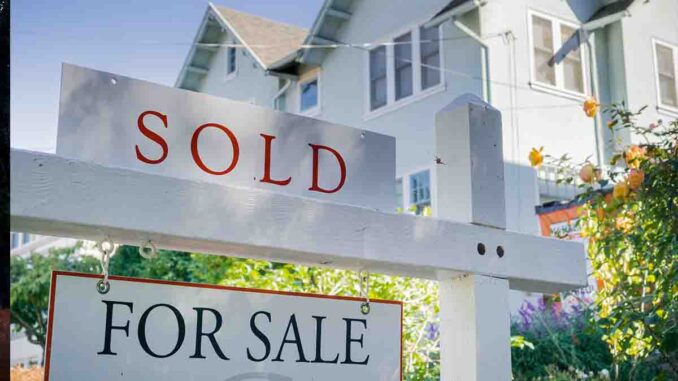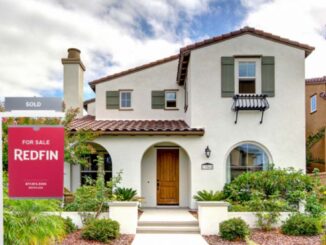
After posting a surprising 14.5% monthly increase in February, breaking a year long streak of declines, existing home sales were back down again in March, according to a report from the National Association of Realtors (NAR), released Thursday.
Existing home sales dropped 2.4% month over month in March to a seasonally adjusted annual rate of 4.44 million. On a year-over-year basis, sales were down 22%.
“Home sales are trying to recover and are highly sensitive to changes in mortgage rates,” Lawrence Yun, NAR’s chief economist, said in a statement. “Yet, at the same time, multiple offers on starter homes are quite common, implying more supply is needed to fully satisfy demand. It’s a unique housing market.”
With mortgage rates remaining in the mid to low 6.0% range, home prices across the country have decreased slightly. According to NAR’s data, the median existing home sales price fell 0.9% year over year in March to $375,700. The second consecutive month of annual decreases.
“Home prices continue to rise in regions where jobs are being added and housing is relatively affordable,” Yun noted. “However, the more expensive areas of the country are adjusting to lower prices.”
Despite much higher mortgage rates than those seen a year prior, sales prices have only decreased slightly, thanks in large part to the continued inventory pinch. At the end of March, NAR reported that the inventory of unsold existing homes was up to 980,000, an increase of 1.0% from a month prior and 5.4% from a year ago. This represents 2.6 months of supply at the current sales pace.
“Prices are starting to warm up again signaling that demand is returning when dips in mortgage rates and creative financing strategies allow,” Nicole Bachaud, Zillow’s senior economist, said in a statement. “But with inventory levels far off from pre-pandemic levels as existing homeowners are still facing mortgage rate lock-in, existing home sales are taking a hit. Low inventory in general is going to remain a driving force in the movement of prices in the housing market, so affordability will likely be a barrier to those looking to transact for the foreseeable future.”
Despite these concerns, Yun remains optimistic about existing home sales for the second half of this year.
“With overall consumer price inflation calming and rents expected to decelerate from robust apartment construction, the Federal Reserve’s monetary policy will surely shift from tightening to neutral to possibly loosening over the next 12 months,” Yun added. “Therefore, home sales will steadily rebound despite several months of fluctuations.”
Thanks to the limited inventory and usual springtime uptick in buyer demand, properties typically remained on the market for 29 days in March, down from 34 days in February, but up from 17 days a year ago.
In addition, 65% of homes sold in March were on the market for less than a month.
Regionally, existing home sales fell in three out of the four regions month over month, with the Midwest recording the largest monthly drop at 5.5% to a sales pace of 1.03 million homes. The Northeast was the only region to not record a drop, holding steady from the month prior at an annual rate of 520,000.
Despite the lack of monthly change, the sales pace in the Northeast was still down 21.2% year over year. The other three regions also recorded year-over-year decreases in the existing home sales pace, with the Midwest falling 17.6%, the South (annual rate of 2.07 million) dropping 20.4%, and the West (annual rate of 820,000) falling 30.5%.
The West also recorded the largest year over year price change, falling 7.5% from a year prior to a median sale price of $565,400.



